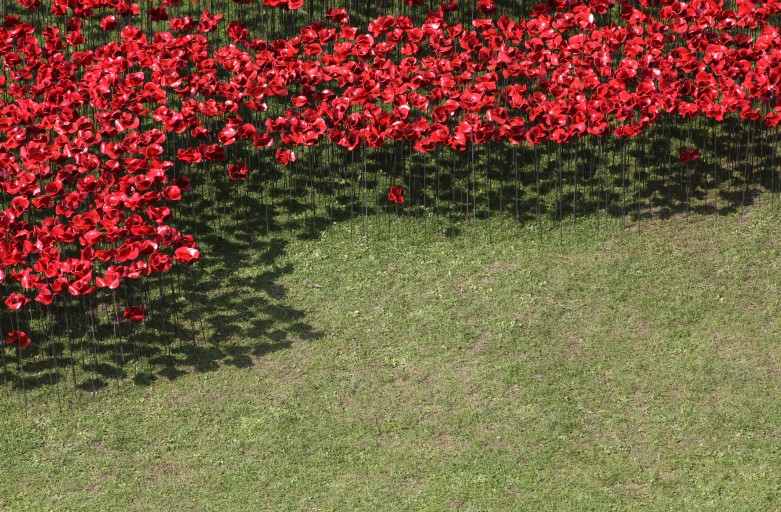For people who find it hard to ask for help:
Self-awareness and relationship awareness are two key components of emotional intelligence. Awareness is a fundamental life skill because you can only change what you are aware of. Being aware of your thoughts and feelings creates the possibility for new action. If I have a good relationship with myself but I cannot translate that when I am relating to others then my growth area is in relationship awareness. This requires being aware of myself and the other person I am in conversation with. Alternately some people are more skilled at building relationships with others than they are with themselves. This means their growth is in self-awareness. Strong relationships and emotional maturity requires self-awareness and relationship-awareness to be present.
Asking for help is a relational skill. I am one of those people who find it hard to ask for help. It feels like risky behaviour to me. The first risk I am aware of is that my request might cause the recipient some irritation. The second risk is hearing ‘No’ which I tend to take personally. When I became aware of my issue I began to observe this phenomenon more closely.
When we are not aware of something we act automatically in circumstances. In my journey of discovery I became aware of two beliefs I held; Firstly, that it is not okay to ask for help. Secondly, when someone asks you to do something you have to say, “Yes.” These revealed my complicated view of asking for help. If I ask someone for help then I automatically feel bad about myself, as if I have done something wrong. If I am asked for help, and I say, “Yes” to the request when I would rather say “No”, I set myself up for feeling some form of resentment. This is clearly not an ideal state of affairs when wanting to show emotional maturity and build authentic relationships.
While I was in my own struggle to ask for help, I heard a quote by Brene Brown: “When you cannot accept and ask for help without self-judgment, then when you offer other people help, you are always doing so with judgment.”
We know that giving help, if done for the right reasons, makes us feel good. So if you are happy to help others but can’t ask for help then some alarm bells should be ringing loudly inside of you. If you can’t ask for help then an unconscious thought of judgment will be present when you are doing the helping. This sets up an obvious relational issue.
So now what? Awareness allows us to recognise where the problem lies. Action is what shifts our way of being. Being able to ask for help, without emotional angst, is a necessary skill if you want to build authentic relationships. The way to build skill is practice. When asking for help there are three possible responses to a request: Yes, No and Maybe. Each response is valid. We must be consciously available to the possibility of each one: a ‘Yes’ is easy to work with; a ‘maybe’ sets up a negotiation, another relating skill; and a “no” can be the hardest to hear. However, when we are able to pause and look at it from both perspectives, a true ‘No’ is as healthy a boundary as a true ‘Yes.’ Where there is total honesty, there is the foundation for authentic relating.
Identify opportunities to ask for help and then practice. Any new behaviour will feel uncomfortable to begin with; it’s like putting on new shoes. I would recommend low risk requests to start. Notice how you feel when you get the response, journal about it. Be curious if your discomfort continues. Celebrate when it works for you, because you are building the skill of asking for help, and being able to give help authentically.








